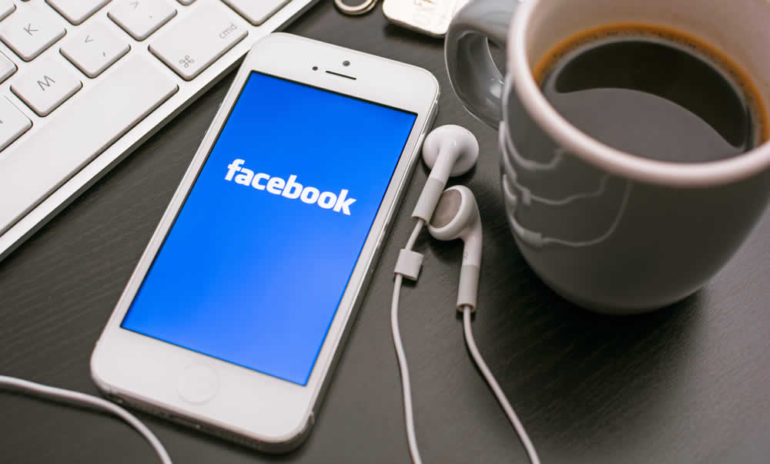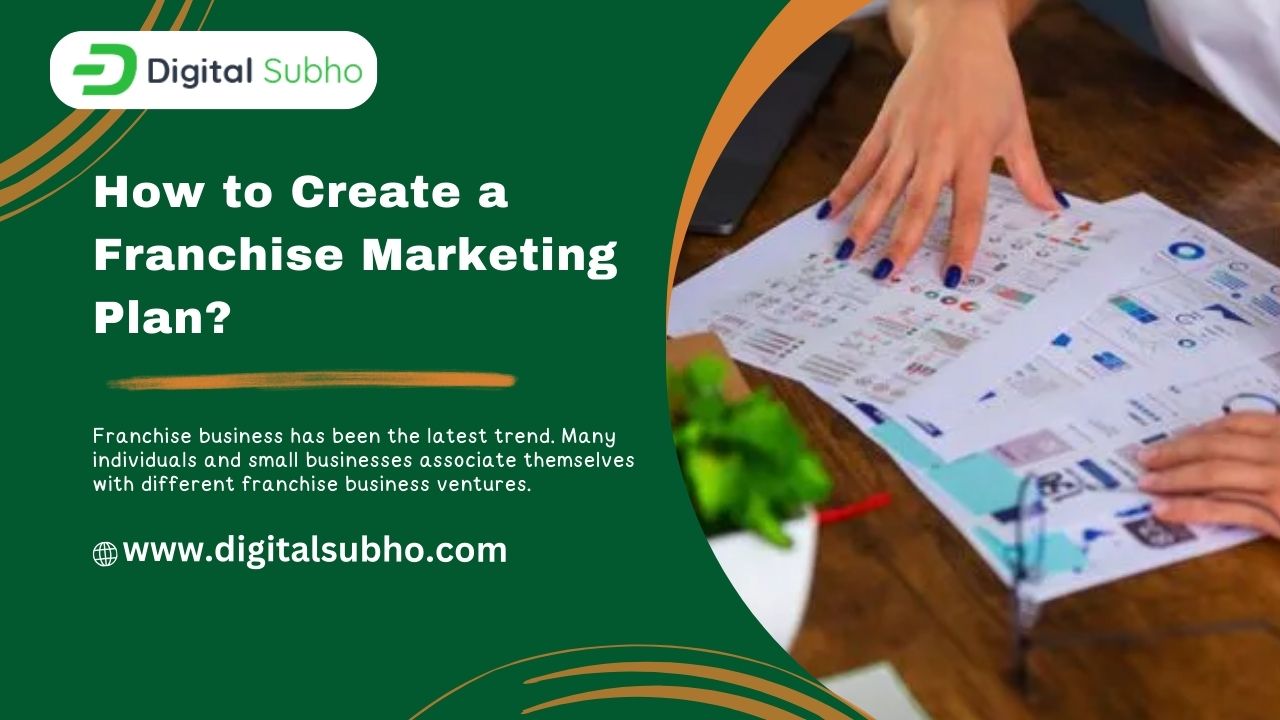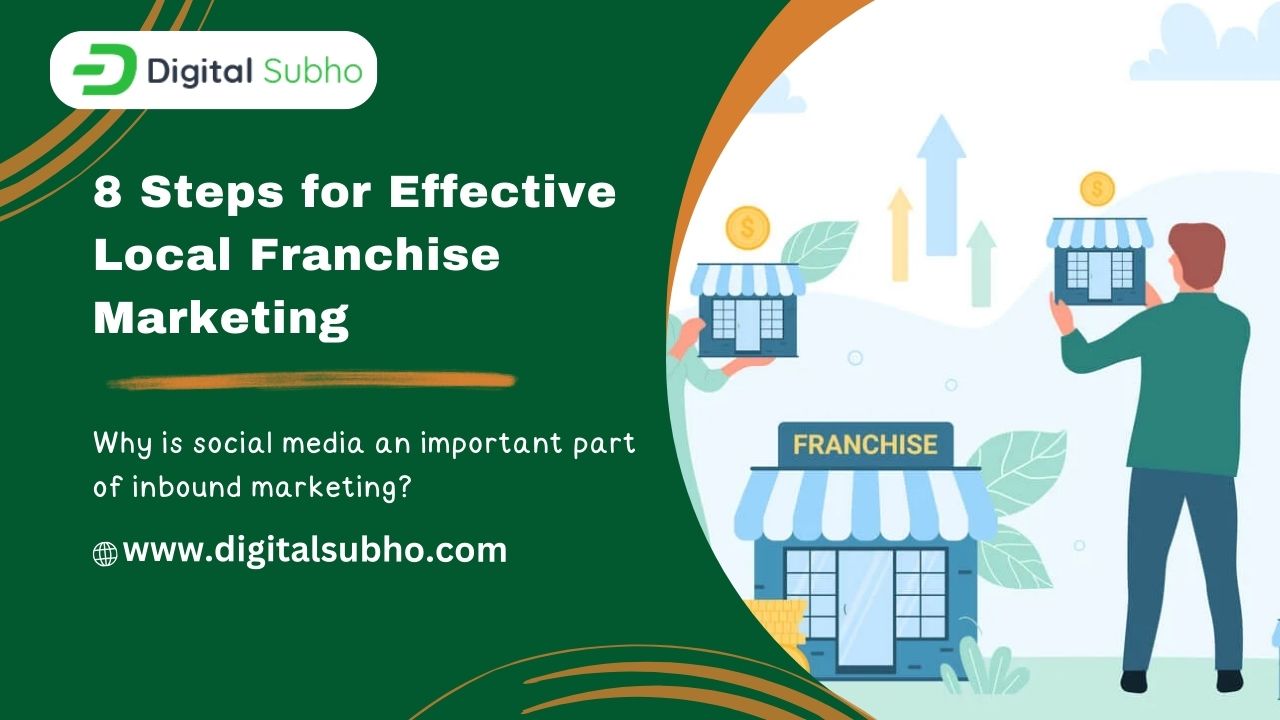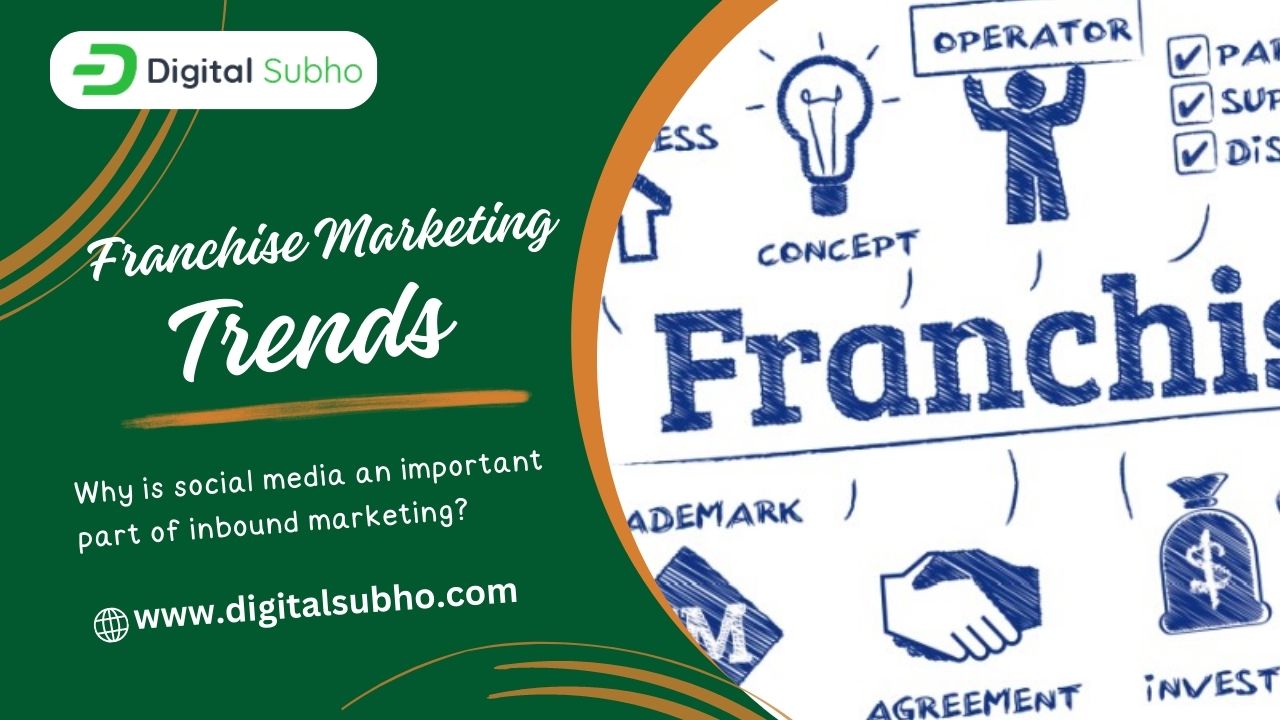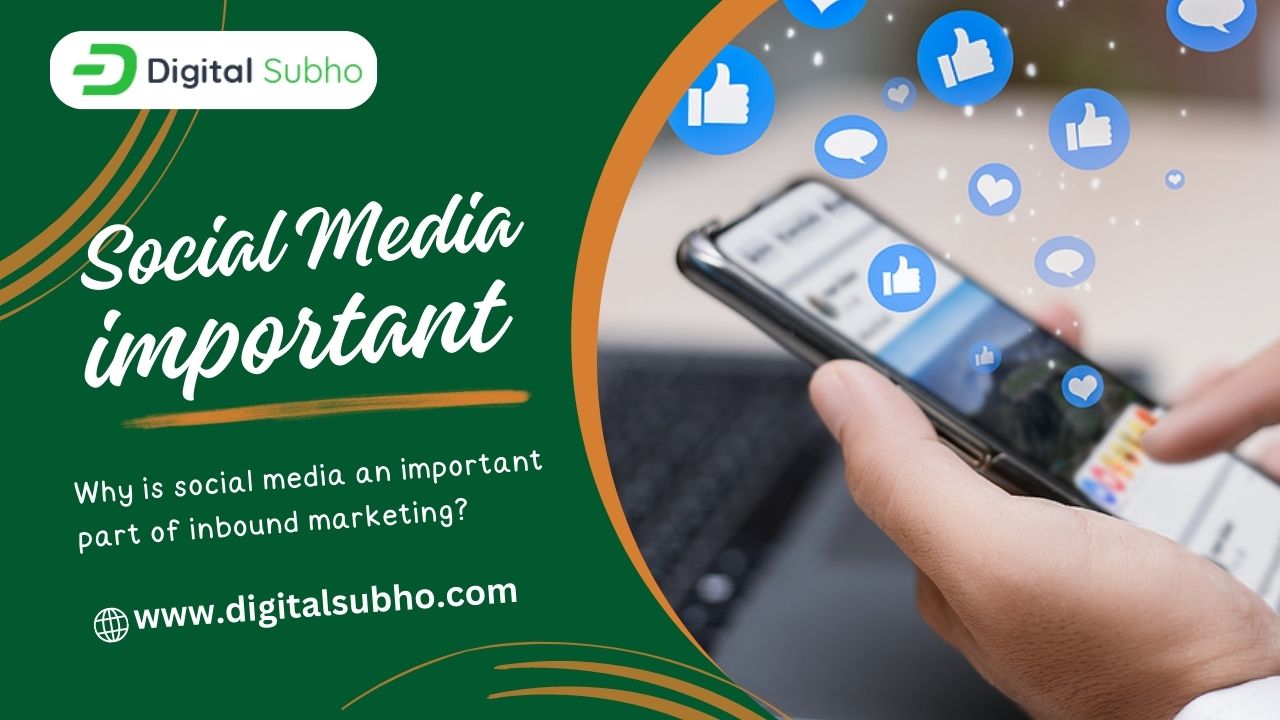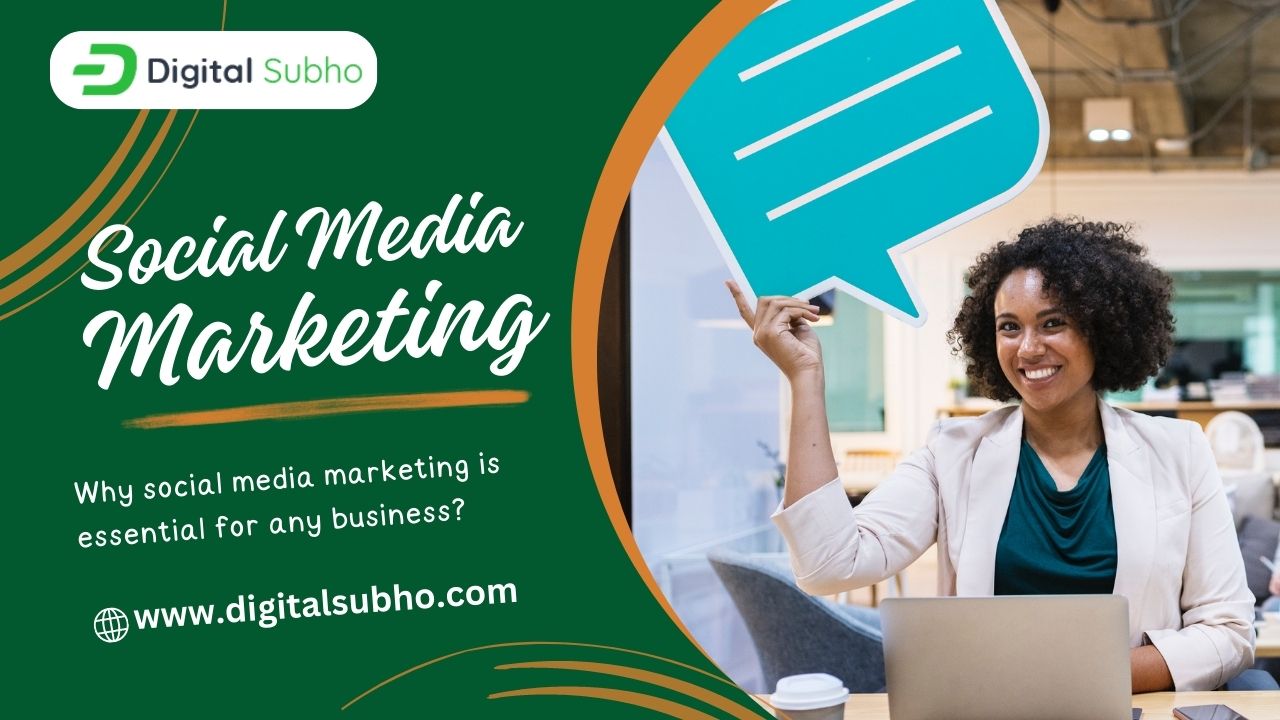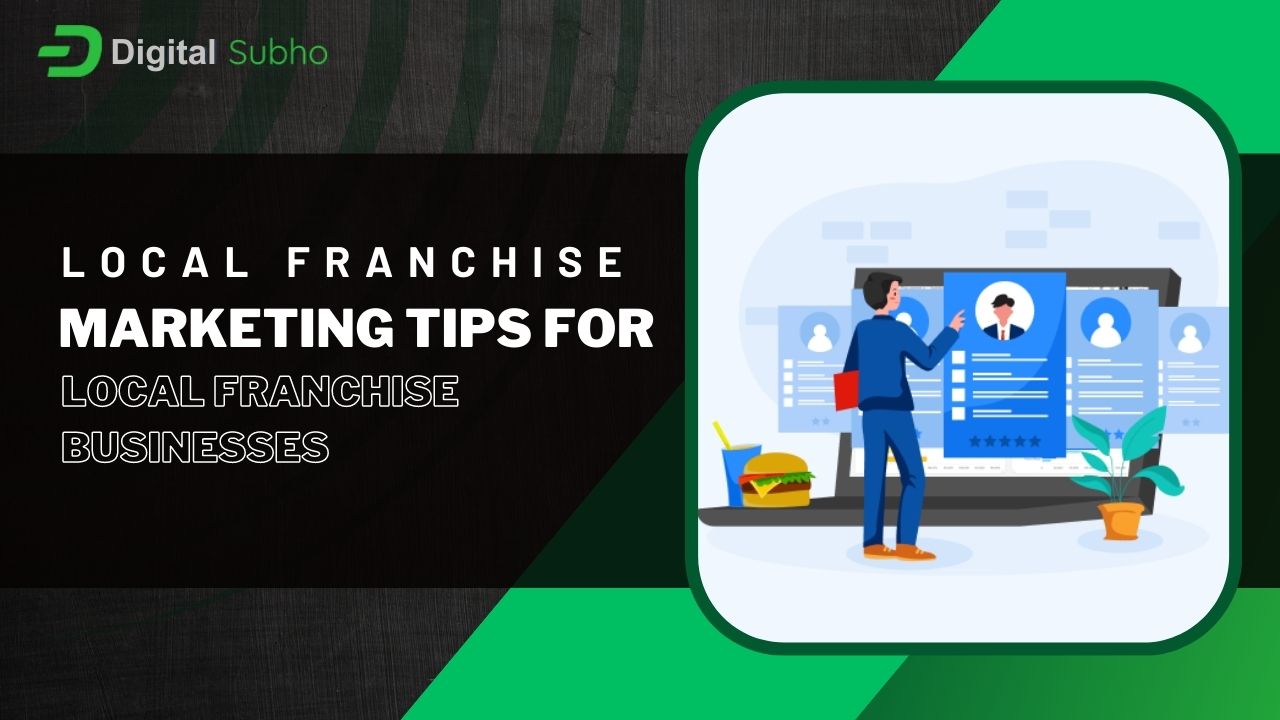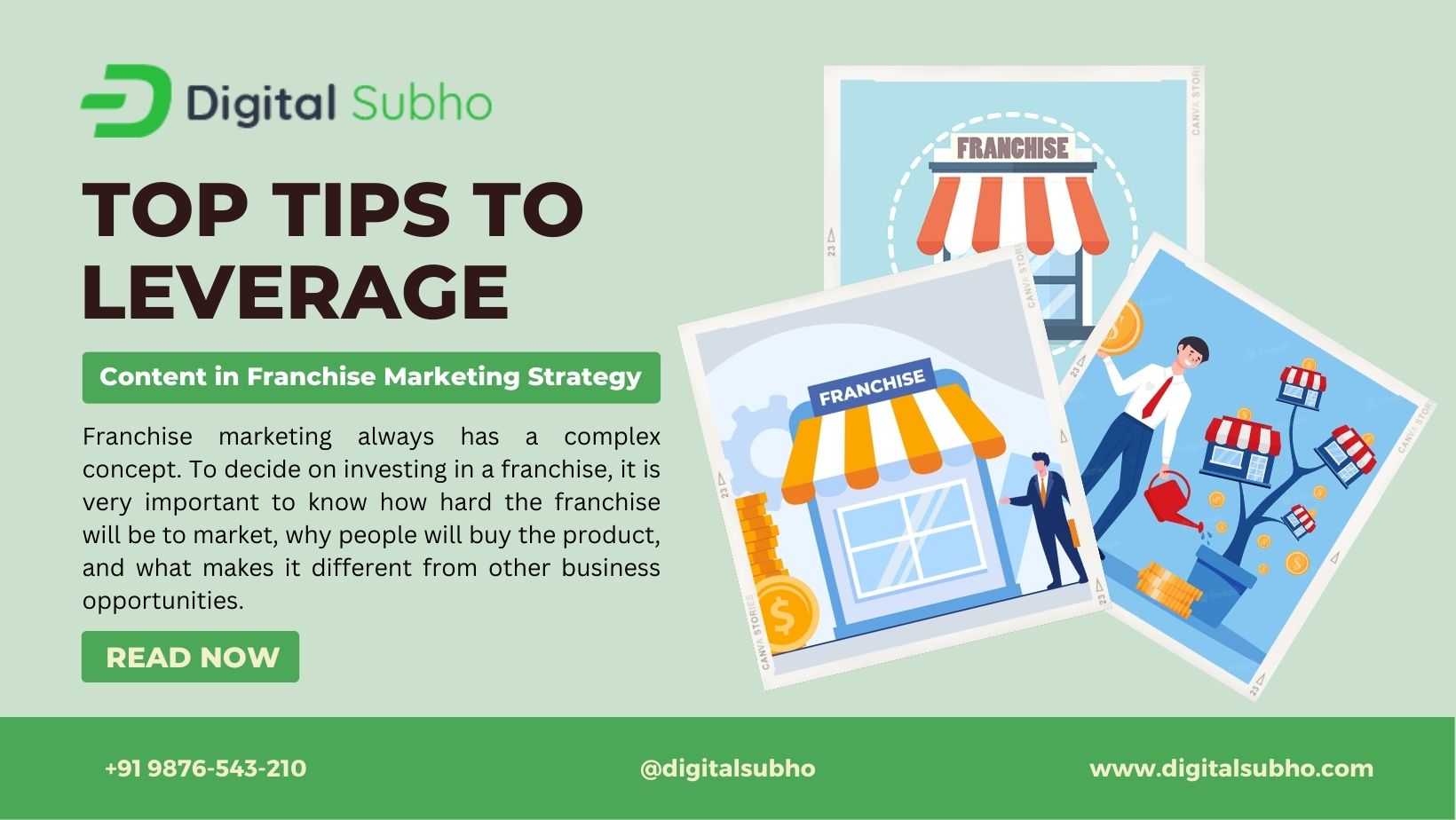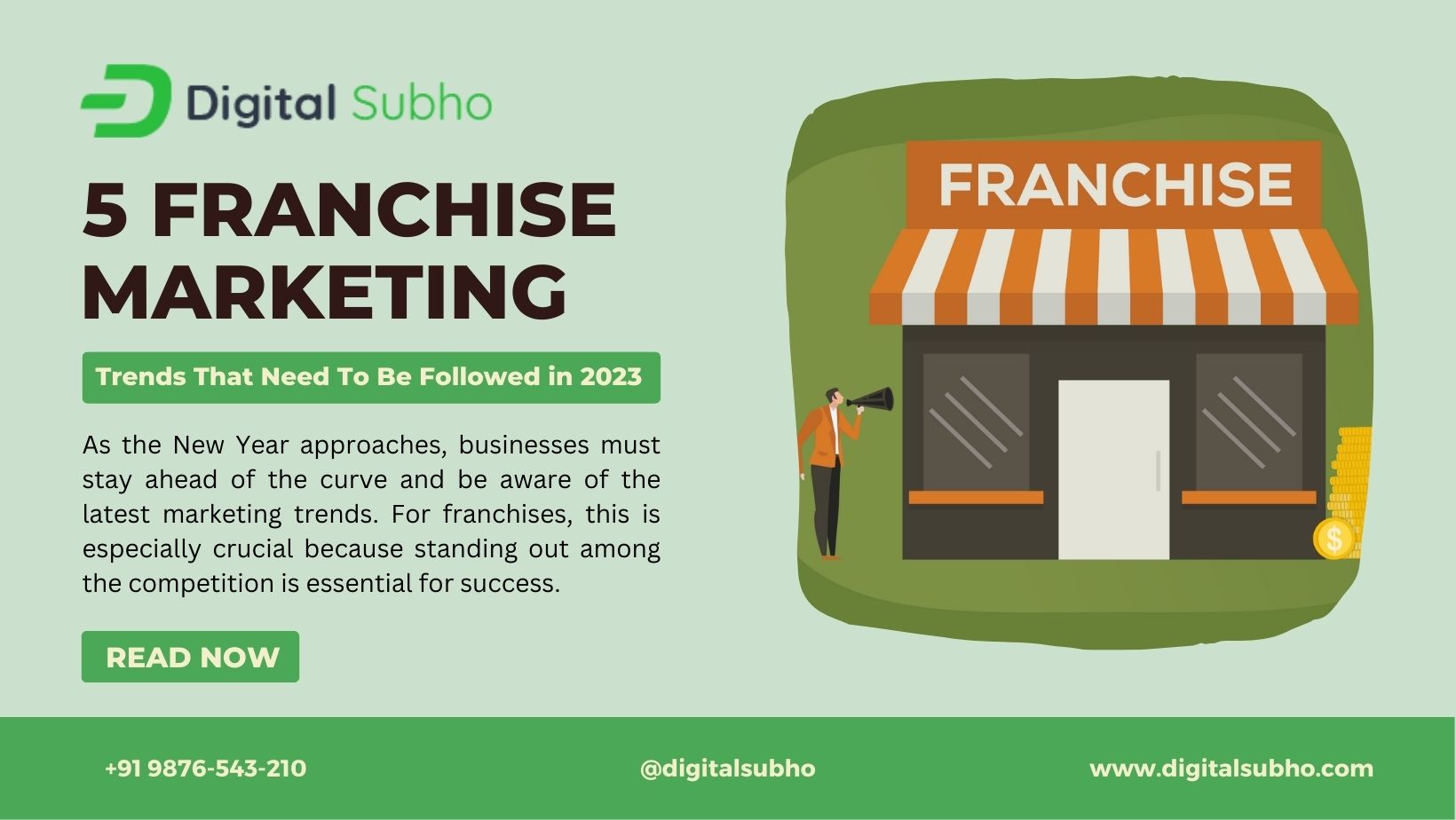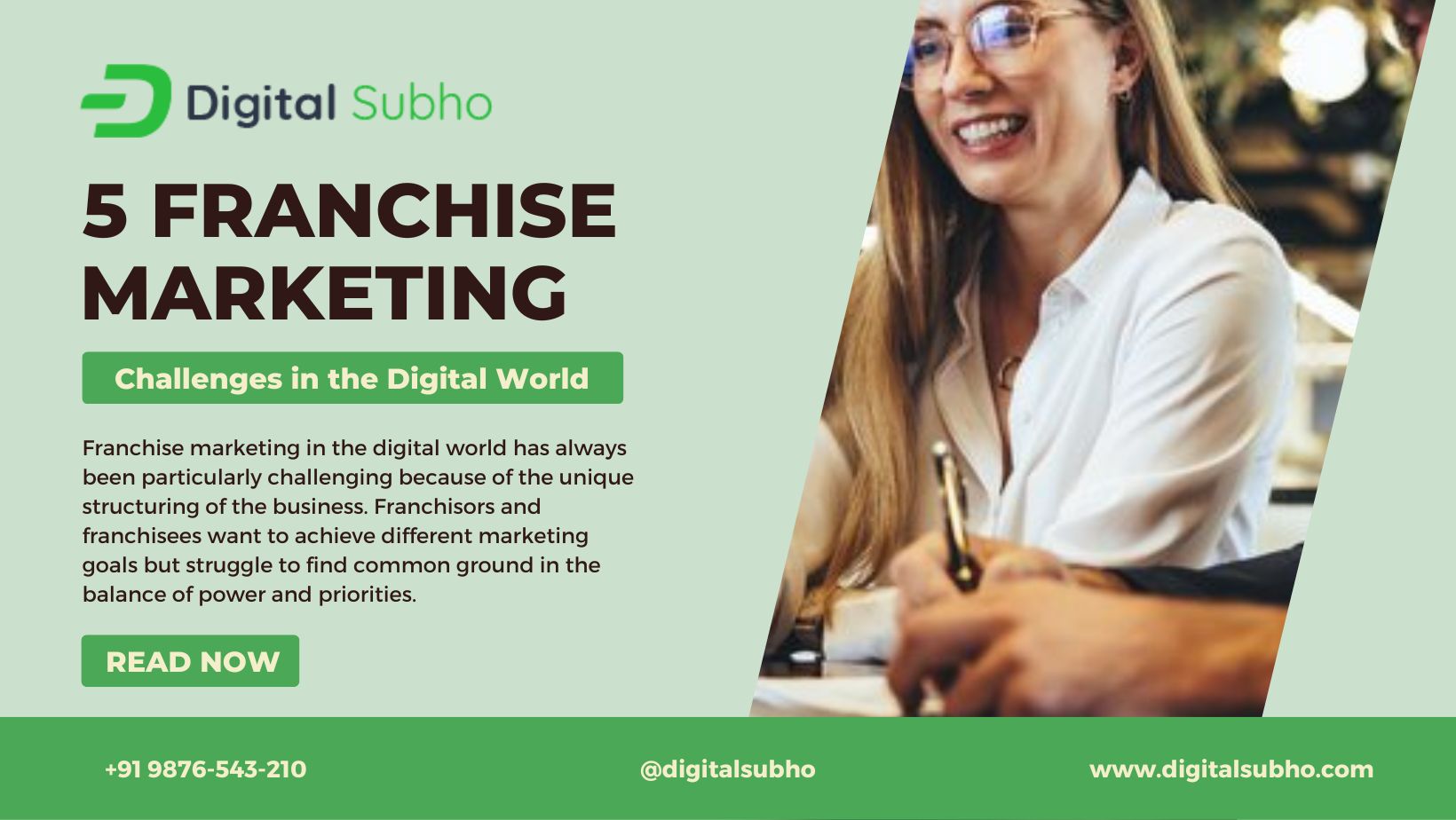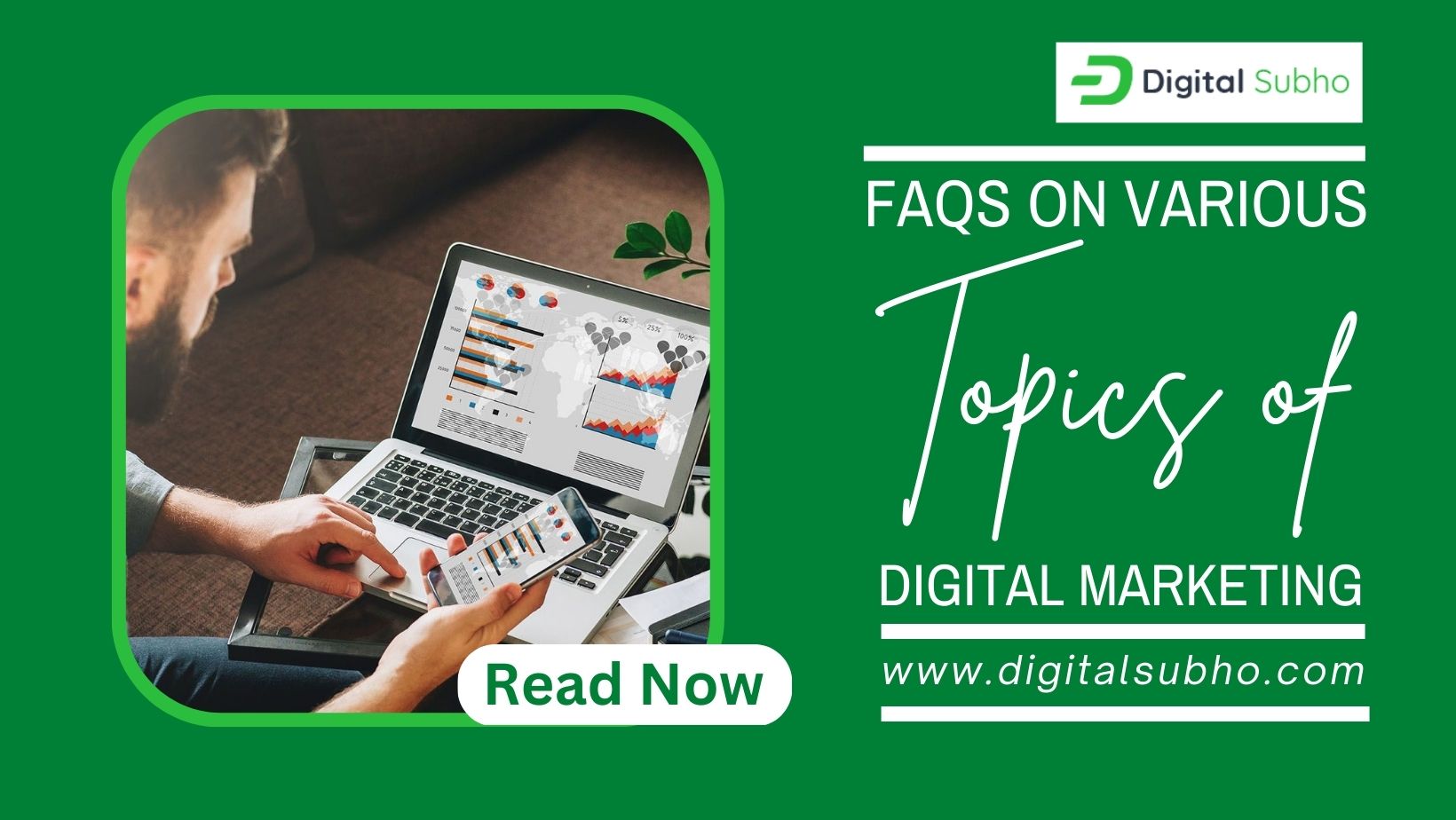How to Promote Your Facebook Live Event to Boost Engagement and Reach
- 12 Dec, 2019
Are you planning a live event and wondering how to use Facebook marketing to contact the attendees?
Well, you don’t have to look elsewhere. In this article, you’ll discover the ins and outs of promoting a live event or conference on Facebook.
Table of Contents
#1: Creating a Facebook Frame for Your Event
Facebook lets you upload your own branded frame for Facebook stories which can be timed and geo-pinned to activate in your event location. If and when event attendees open their Facebook Camera to create a story, they’ll be able to apply the event frame to it.
To create a frame for the event, follow the link (www.facebook.com/frames/manage) and click Open Frame Studio.
In the Create a Frame window, the correct Facebook page should be selected after choosing Facebook Camera.
After that, select Upload Art and your event’s frame or logo file in PNG format with a transparent background. After it’s uploaded, drag the graphic to the position you want. You can add multiple PNG files to layer images.
Once the frame layout is sorted, click Next.
Now, to name your frame, select Only Available in a Specific Location under Location option. Zoom in on the map to the exact location of the event and pin that area. Adjust the radius of the pinned area to zero in on your event attendees.
Set the dates for your event’s frame’s availability and then list up to 10 keywords that will help people find your event frame. Use the name of the brand, event and location.
Click Preview on Mobile to view the frame from your mobile phone. If you’re happy with it, select Publish. It will undergo a short review process before becoming available.
Once available, ensure that the frame is activated, so that it can be shared on Facebook to encourage more people in using it. The more fun, creative, and relevant your frame is to your event, the better your chances are of people engaging with it.
#2: Activating Event Hashtag
When you create your event’s hashtag, always consider something short and snappy that will be easy for the attendees to type and remember. Abbreviations for the event or brand name work well, too. Moreover, if you hold the same event for multiple years, adding the year to the end of the tag will make it easy to reactivate it for next year. You can also compare usage rates every year, this way.
Here are a few ways you can encourage attendees to use your event’s hashtag:
- Run a competition for the most creative or inspiring photo during the event, following your residential country’s guidelines regarding the competition.
- Offer a discount or incentive for anyone who shares content using your hashtag.
- Physically create or print tags that can be interacted with.
If the event has a community manager, make sure they’re available to respond and engage, and share content in real time. If it doesn’t, use a tool like Keyhole to monitor when your hashtag is used and respond and share content as quickly as possible.
#3: Setting up Geo-targeting to reach mobile phone users with Facebook Video Ads during the Event
If you market your business on Facebook, you’ve probably dropped pins when building an audience in a certain location to create a tight radius around an event. But, what if Facebook’s minimum radius is too broad?
This is where exclusion pins do their jobs. They help you narrow the target to an exact location.
Set Up a Saved Audience to Target the Event Location
For geotargeting, set up a Facebook Saved Audience and drop a pin on the event location. If there are many attendees travelling to the event, make sure you include the event hotels and bring the radius down to as less as possible.
The next required feature is Exclude, needed to build an exclusion zone around the event location.
Repeat the same steps with drop pins to exclude less required areas and create a tighter geo-fence around your event.
You may be notified by Facebook regarding the size and specification of your audience, but the location will fill up during your event. You can estimate the audience size based on previous attendees and use that info to set appropriate ad budgets for the current event.
Video Ads during the Event
Facebook video ads are perfect for grabbing attention and getting a quick call to action or messaging across to event attendees. They’re also useful for building a custom audience for further targeting in the future. This is ideal because you know your event can host a high percentage of your ideal prospects.
But, what’s the use of mobile placements? Most people who attend events are either traveling or are away from their laptops, so browsing through mobile is more prevalent. You can cross-reference this with your research to see the general number of attendees travelling to attend the event. Using mobile placements maximizes the opportunity of your event ad being delivered to the attendees.
It’s better to use square or vertical format videos to increase the amount of real estate you take over in Facebook news feed on a mobile device, so that your ads don’t go unnoticed.
When you create the videos, keep them between 10 and 15 seconds and make them impactful. Your aim is to grab the viewer’s attention and build awareness. Later, when you retarget viewers, you can work with longer videos and experiment with different ad styles.
#4: Retargeting Attendees after the Event
During a busy event, prospects may not be in the right mindset to engage with you completely. That’s why, following up and nurturing them after the event is essential.
You can use the data you gathered from your video ads during the event or from your Facebook event page to create custom audiences to retarget. Exclusions will help you refine your audiences and you can ensure that the post-event messaging matches the target you’re connecting with.
Create Custom Audiences Based on Video Views and Event Page
To create a custom audience based on video views, select Audiences from Facebook Ads Manager to create a new custom audience. Select Video as the source for this audience.
Next, choose the videos that have already been used for the ads you ran during the event. Set the date range that covers the event dates and name your audience appropriately.
After you’ve set it up, click Create Audience and allow Facebook a few hours to fully populate this audience.
The custom audience will be highly relevant and more engaged because they’ve already attended your event and watched the video ads.
To build this audience of people engaged with your Facebook event page, create another custom audience and select Events as the source.
You may narrow the type of engagement people had with your event to create a more relevant audience.
Target Your Custom Audiences
To target your custom audience, you can tailor your follow-up messages to them based on how they interacted with your event. Use this framework when you next communicate with them as it builds both curiosity and connection.
Here are some examples of messaging you might use with people who didn’t attend your event but showed an interest.
Make sure your nurturing cycle for the potential customers will run over a number of weeks because many people (especially for events that attract a high number of visitors from overseas) will attend the event while on vacation.
Understand that your potential customers may not engage with or buy from you while at the event, but your custom audiences will help you ease up the process by reaching new prospects and starting conversations with them that can be followed up on later.
Sell Tickets via Your Facebook Event Page
Eventbrite and Facebook have a partnership that lets you sell tickets directly from your Facebook event page and use Eventbrite to process payment for the sales.
Once you’ve logged into your Eventbrite account, follow the step-by-step guide to set up your event. Add your dates, location, event details, pricing structure, and Social media links before publishing your event.
Once it’s live, you’ll have the option to connect your Facebook account and publish the event to Facebook.
Conclusion
Facebook plays a vital role in driving awareness and ultimately ticket sales and attendance for any event. Additionally, it provides a great opportunity to connect with attendees during the event and strengthen your relationship with them afterwards, as well. You can also gather precious data to use later in nurturing leads.
Make sure you have a proper game plan in place regarding your engagement before, during, and after the event. Know the tactics, ads, and offers that you’ll use in order to maximize your reach from the event.
So, what do you think? How many of these tactics will you use to promote your event on Facebook? Do you have any tips to add to this list? Regardless, please share your thoughts in the comments below.
